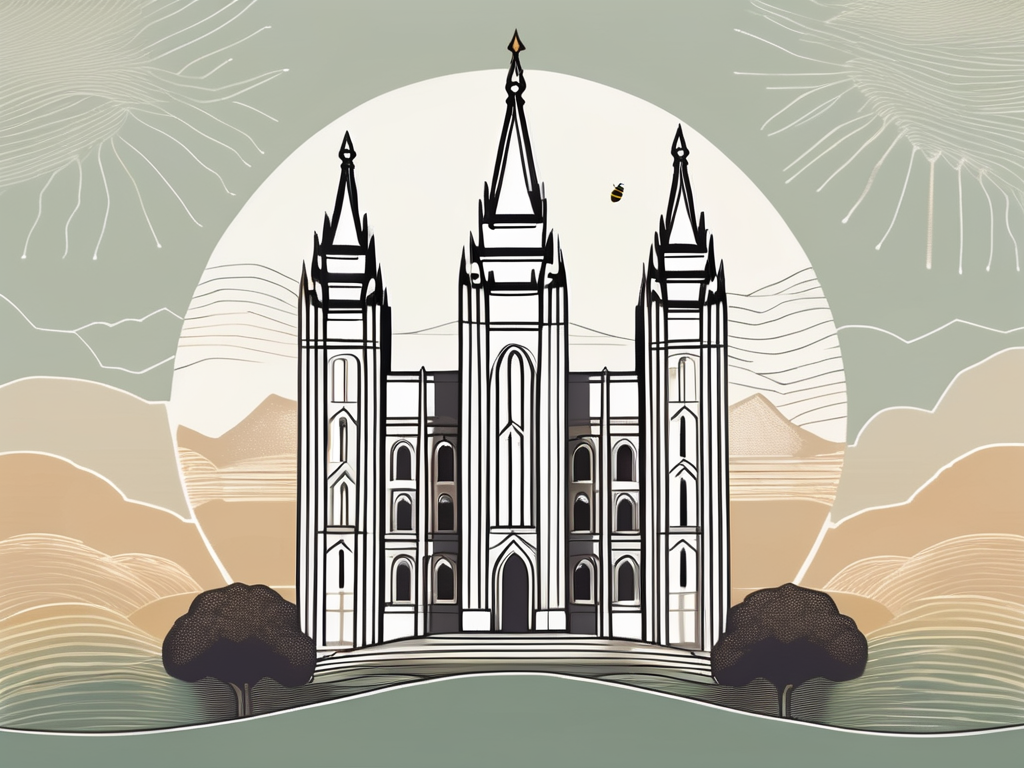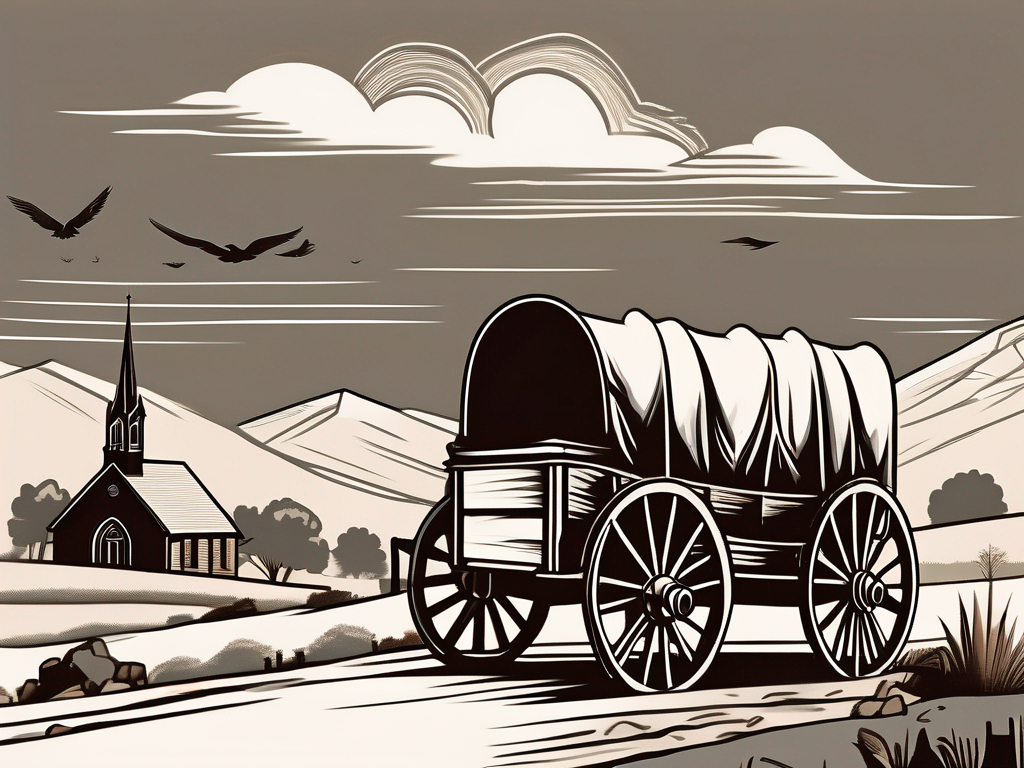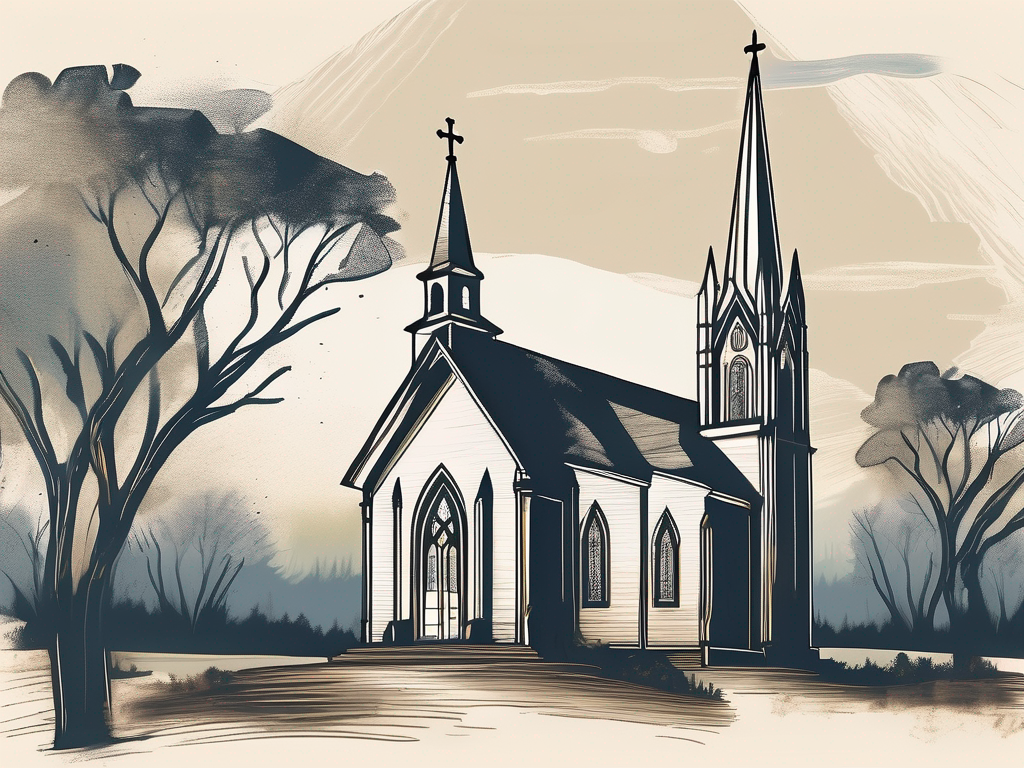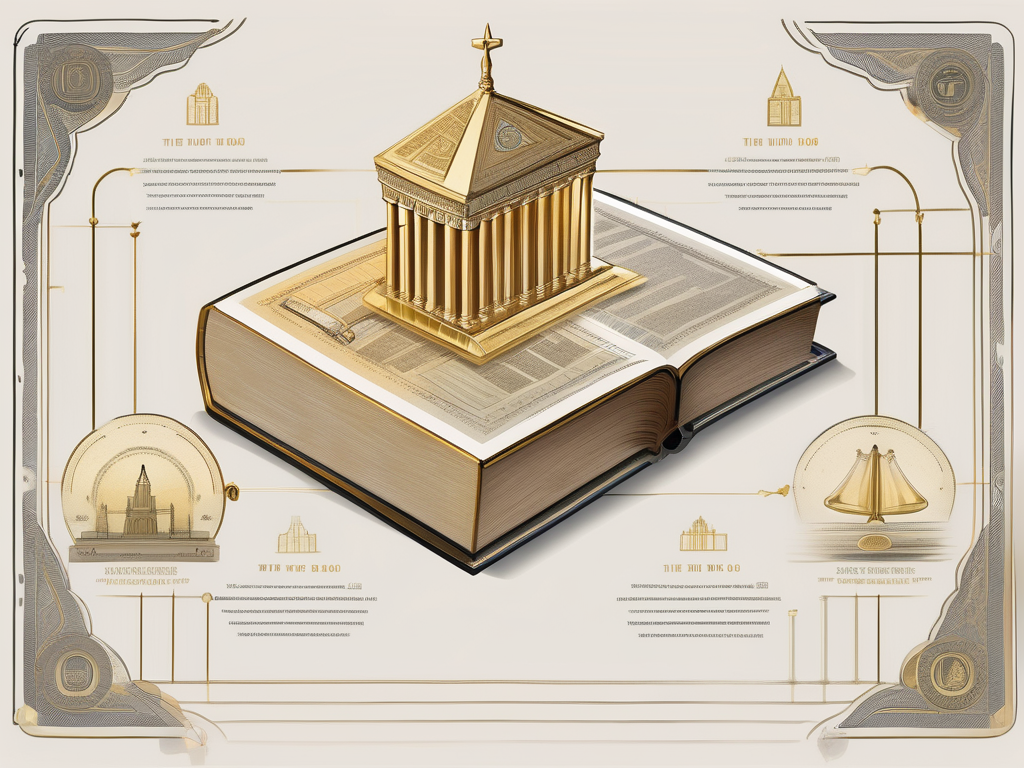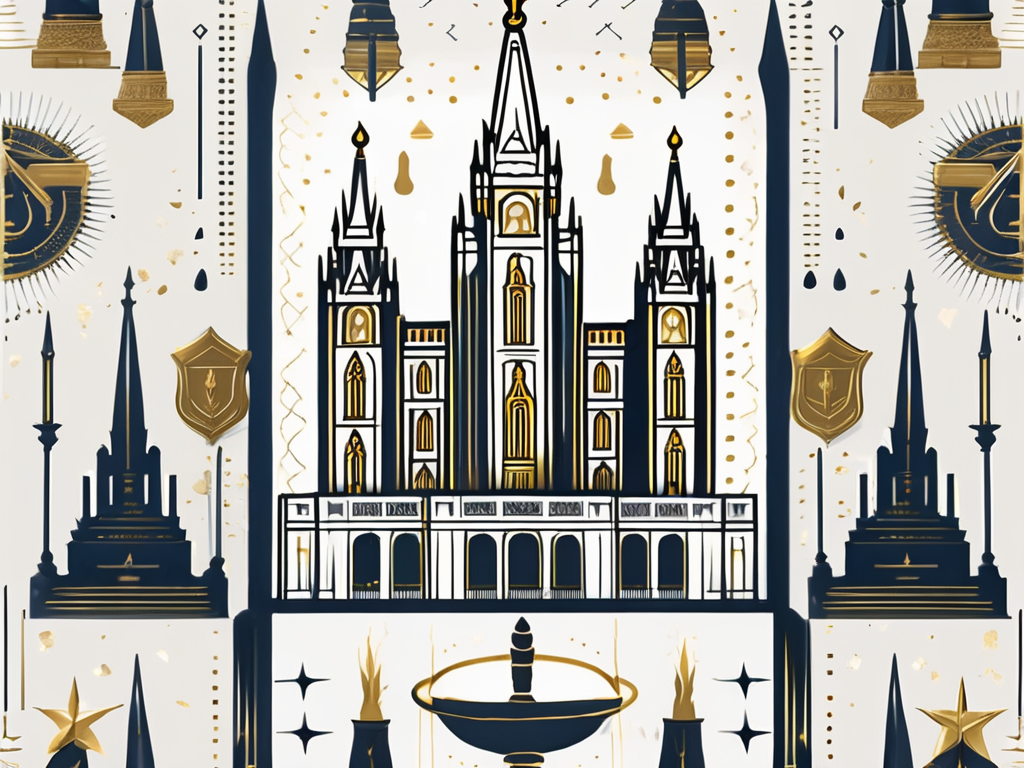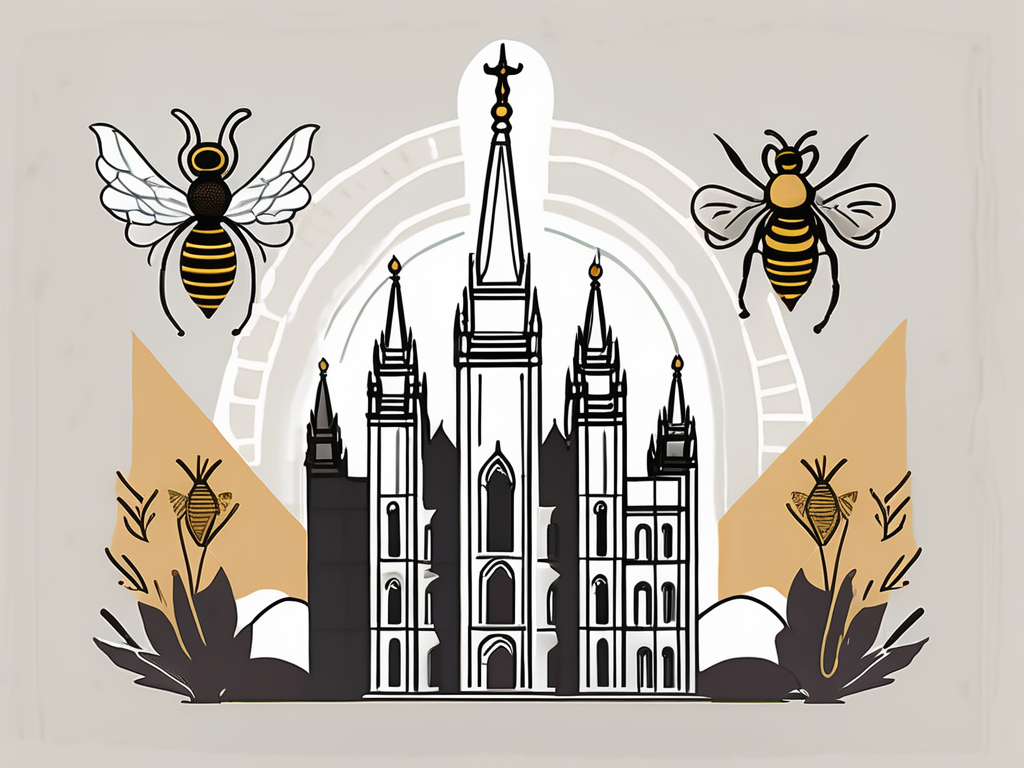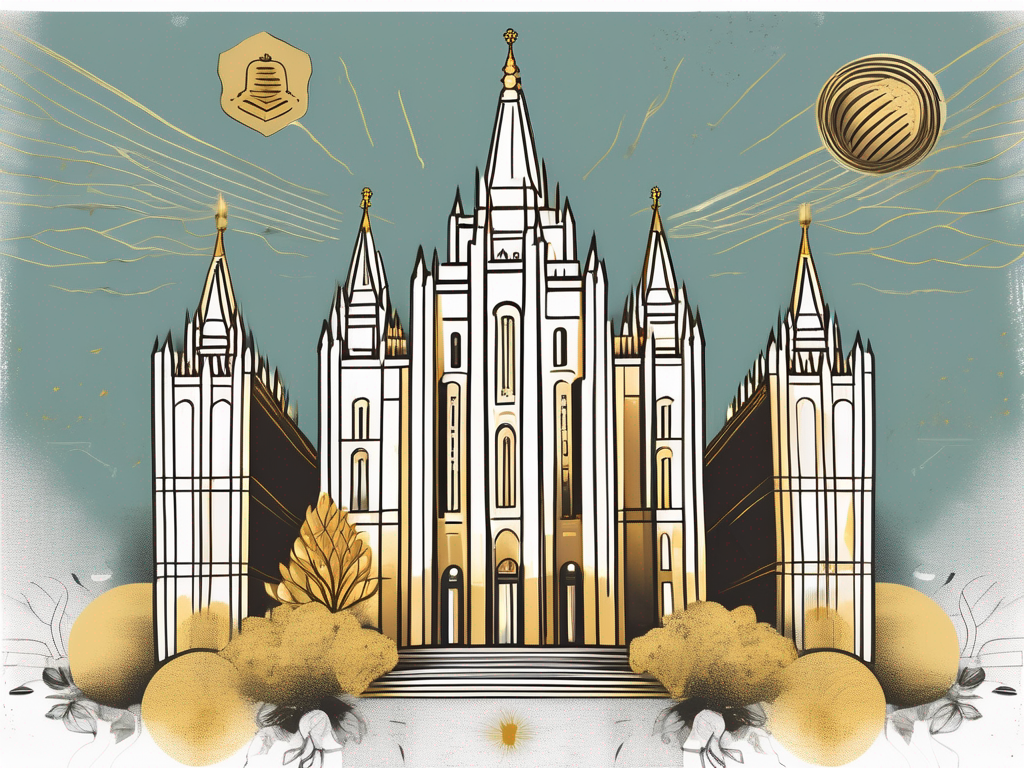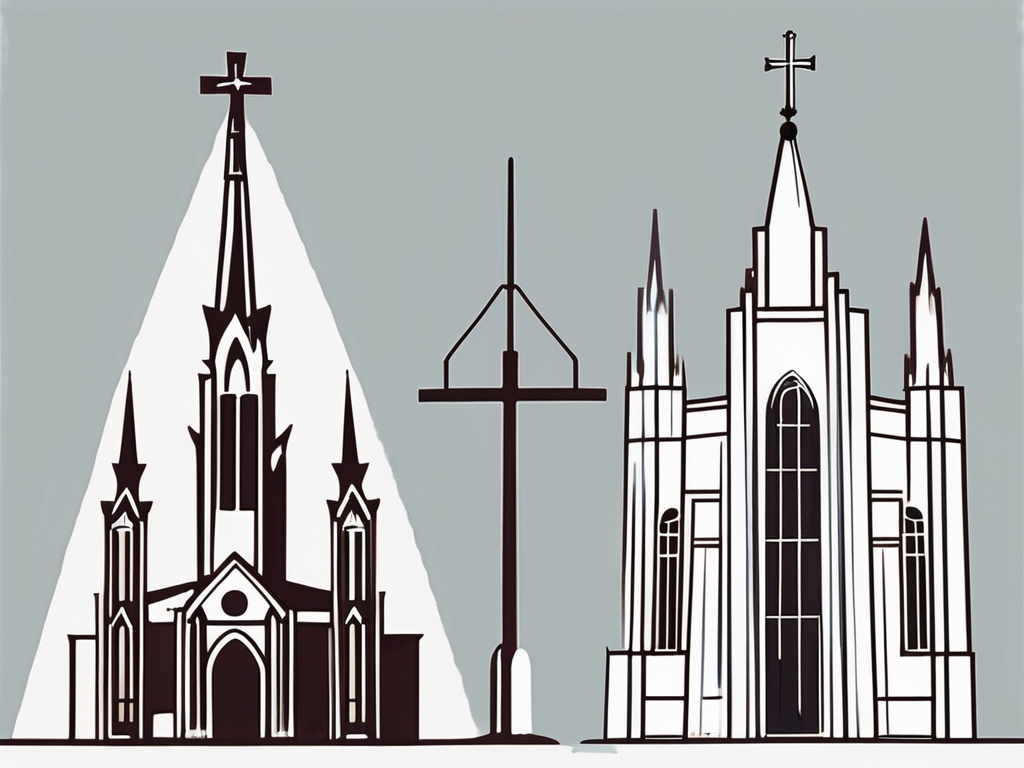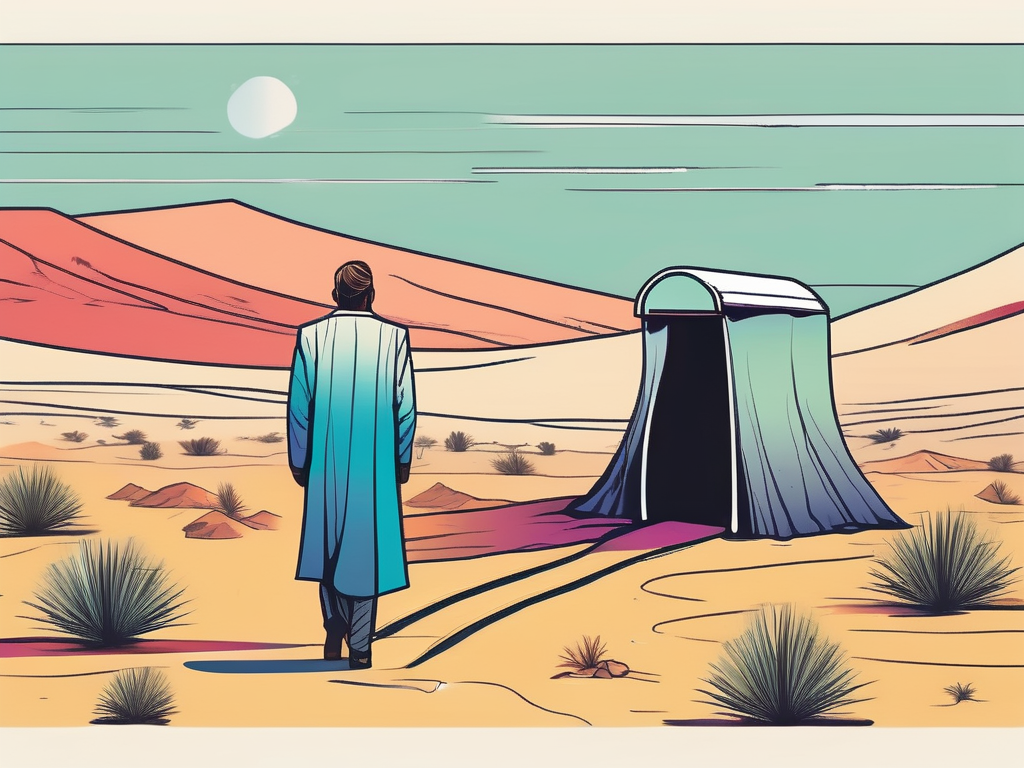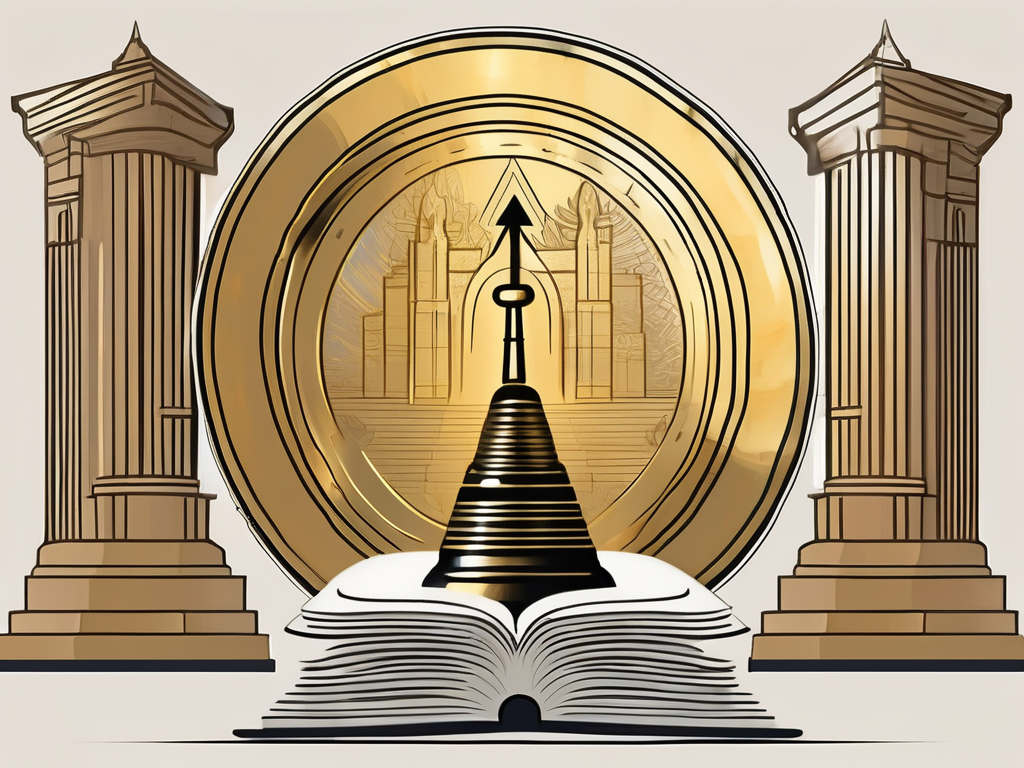If you’ve ever come across the term “Mormon” and wondered what it means, you’ve come to the right place. In this comprehensive guide, we’ll dive deep into the world of Mormonism and explore its origins, beliefs, practices, and structure. Whether you’re curious or seeking a better understanding, prepare to embark on an enlightening journey.
The Origins of Mormonism
Before we delve into the details, let’s take a step back and explore the founding of the Mormon Church. The story begins in the early 19th century in upstate New York, where a young man named Joseph Smith founded the Church of Jesus Christ of Latter-day Saints (LDS).
Joseph Smith claimed to have received a series of visits from heavenly messengers and, eventually, the golden plates which he translated and published as the Book of Mormon. This sacred text serves as a cornerstone of Mormon beliefs and provides a narrative of ancient civilizations in the Americas.
As the story goes, Joseph Smith was visited by an angel named Moroni, who revealed the existence of these golden plates buried in a nearby hill called Cumorah. Smith was instructed to translate the plates, which he did by using a seer stone, also known as the Urim and Thummim. The translation process took several years and resulted in the publication of the Book of Mormon in 1830.
The Founding of the Mormon Church
The Church of Jesus Christ of Latter-day Saints was officially organized in 1830 by Joseph Smith and a small group of followers. Their aim was to restore the original teachings and practices found in the early Christian Church.
Smith claimed to have been visited by God the Father and Jesus Christ in what is known as the First Vision. According to his account, he was confused by the various religious denominations of his time and sought divine guidance. In response to his sincere inquiry, he received a vision in which he was told not to join any existing church, as they were all corrupt, but to wait for further instructions on how to restore the true church.
After the organization of the church, Joseph Smith and his followers faced intense persecution and opposition. They were driven out of several states and eventually settled in Nauvoo, Illinois. It was there that Smith introduced new doctrines and practices, such as the concept of plural marriage, which would later become a controversial aspect of Mormon history.
Key Figures in Early Mormonism
While Joseph Smith played a pivotal role in the foundation of Mormonism, there were other influential figures. Brigham Young, for instance, succeeded Joseph Smith as the president of the LDS Church and led the Mormon pioneers to settle in what is now Utah.
Brigham Young is often credited with the successful establishment of the Mormon community in Utah, which became the headquarters of the LDS Church. Under his leadership, the Mormons built a thriving and self-sufficient society in the midst of a harsh and desolate landscape.
Another key figure in early Mormonism was Emma Smith, Joseph Smith’s wife. Emma played an important role in supporting her husband’s work and preserving his legacy after his death. She was instrumental in compiling and publishing a collection of Smith’s revelations, known as the Doctrine and Covenants.
These early years of Mormonism were marked by both triumphs and challenges. The church grew rapidly, attracting converts from various backgrounds, but also faced persecution and controversy. Despite these obstacles, the Mormon faith continued to spread and evolve, eventually becoming one of the fastest-growing religions in the world.
Fundamental Beliefs and Teachings of Mormonism
Now that we understand the origins of the Mormon Church, let’s explore its fundamental beliefs and teachings. Mormons believe that the Church of Jesus Christ of Latter-day Saints represents the restoration of Christ’s original church on earth.
Within the rich tapestry of Mormonism, there are several key beliefs and teachings that form the foundation of this faith. These beliefs provide Mormons with a framework for understanding their relationship with God, the purpose of life, and the path to eternal happiness.
The Book of Mormon
The Book of Mormon, often referred to as the keystone of Mormonism, is a sacred text that Mormons believe to be another testament of Jesus Christ. It is considered to be a companion to the Bible and provides additional teachings and insights into Christ’s ministry.
Composed of ancient records written by prophets who lived in the Americas, the Book of Mormon tells the story of a people who migrated from Jerusalem to the Americas around 600 BC. According to Mormon belief, these people were descendants of the biblical patriarch, Lehi. The Book of Mormon chronicles their history, their spiritual experiences, and their interactions with God.
Through the Book of Mormon, Mormons gain a deeper understanding of God’s dealings with humanity and His plan for salvation. It provides them with guidance on how to live a righteous life and develop a personal relationship with Jesus Christ.
The Plan of Salvation
At the core of Mormonism lies the belief in the Plan of Salvation. Mormons believe that before this life, they existed as spirits and that through mortal life, they have the opportunity to progress and return to live with God.
The Plan of Salvation encompasses the purpose of life, the role of Jesus Christ as the Savior, and the eternal destiny of individuals. Mormons believe that God created this earth as a place for His children to gain a physical body, learn and grow, and make choices that will shape their eternal future.
According to Mormon doctrine, individuals are born into mortal life to experience joy, sorrow, and the full range of human emotions. Through the Atonement of Jesus Christ, Mormons believe that they can be forgiven of their sins and overcome the effects of death. They see mortality as a time of testing and learning, where they can develop faith, exercise agency, and progress towards becoming more like God.
After death, Mormons believe in the continuation of life in the spirit world, where individuals will await the Resurrection and Final Judgment. Depending on their choices and actions during mortal life, Mormons believe that they will be assigned to different degrees of glory in the afterlife.
The Role of Prophets in Mormonism
In Mormonism, prophets are seen as spiritual leaders who receive revelation from God to guide the Church and its members. Mormons believe in the concept of ongoing revelation, meaning that new guidance and instructions can be received through living prophets.
Mormons view prophets as a vital link between God and humanity. They believe that God has called prophets throughout history to teach His children, warn them of dangers, and provide guidance in times of uncertainty. Mormons see the prophet Joseph Smith as the instrument through which the Church of Jesus Christ of Latter-day Saints was restored in the early 19th century.
Today, Mormons sustain the President of the Church as a prophet, seer, and revelator. They believe that he receives inspiration and guidance from God to lead the Church and provide direction for its members. Mormons look to the prophet’s teachings and counsel as a source of spiritual guidance and seek to follow his example in living a Christ-centered life.
In addition to the President of the Church, Mormons believe in the principle of personal revelation. They believe that individuals can receive personal guidance and inspiration from God through prayer, study, and living according to His commandments.
Through the teachings of living prophets and personal revelation, Mormons strive to navigate the challenges of life, strengthen their faith, and draw closer to God.
Mormon Practices and Rituals
Aside from their beliefs, Mormons also engage in various practices and rituals that play significant roles in their lives and spiritual journeys. These practices not only strengthen their faith but also foster a sense of community and connection with God. Let’s take a closer look at some of these practices.
Baptism and Confirmation
One of the most important ordinances in Mormonism is baptism. Mormons believe that baptism is an essential step towards salvation and eternal life. It is a sacred ceremony where individuals are immersed in water, symbolizing the cleansing of sins and the beginning of a new life in Christ. Baptized individuals are then confirmed as members of the Church and receive the gift of the Holy Ghost. This gift is believed to provide guidance, comfort, and inspiration in their daily lives.
During the confirmation, a priesthood holder lays their hands on the newly baptized individual’s head and pronounces a blessing. This blessing is a personal and intimate moment where the Holy Ghost is invoked to bestow spiritual gifts and strengthen the individual’s commitment to living a righteous life.
The Sacrament
Every week, Mormons partake of the sacrament, a symbolic practice reminiscent of the Last Supper. It is a sacred ordinance that allows members to renew their covenants with God and seek forgiveness for their sins. The sacrament is administered by priesthood holders who bless and distribute bread and water to the congregation.
The bread represents the body of Jesus Christ, and the water represents His blood. As members partake of these emblems, they reflect on the Savior’s sacrifice and express their commitment to follow His teachings. It is a solemn and reverent moment where individuals can find peace and solace in the atoning power of Jesus Christ.
Temple Worship
Mormon temples hold a special place in the hearts of believers. They are considered sacred spaces where important ordinances take place, such as marriages for eternity, known as sealings, and baptism for the dead. Temples are meticulously designed and adorned with beautiful artwork and symbols that reflect the faith and devotion of the Mormon people.
Entering the temple requires a recommend, which is obtained through worthiness interviews and adherence to certain moral standards. Once inside, Mormons participate in various rituals, including endowment ceremonies, which involve receiving sacred teachings and making covenants with God. These covenants are seen as binding promises to live according to God’s commandments and serve others.
Temples also provide a setting for personal reflection and spiritual growth. Mormons often visit the temple to seek guidance, find solace, and receive revelation. It is a place where they can disconnect from the distractions of the world and focus on their relationship with God and their eternal destiny.
In conclusion, Mormon practices and rituals are an integral part of their religious experience. From baptism and confirmation to the sacrament and temple worship, these practices deepen their faith, strengthen their commitment to God, and provide opportunities for personal growth and connection with the divine.
The Structure of the Mormon Church
To fully grasp the Mormon faith, we must understand its organizational structure. Here’s a glimpse into how the Church of Jesus Christ of Latter-day Saints is structured.
The structure of the Mormon Church is designed to provide guidance, leadership, and support to its members. At the helm of the Church is the president, who is regarded as a prophet, seer, and revelator. This individual holds the highest authority in the Church and is believed to receive direct revelation from God for the entire Church. The president is seen as the spiritual leader and serves as a guide for the members.
The Role of the President
The president of the LDS Church is not only responsible for leading the Church but also for providing spiritual guidance and direction to its members. This role is seen as a divine calling, with the president being chosen by God to fulfill this important responsibility. The president’s teachings and decisions are considered to be inspired and are followed by the members of the Church.
Throughout history, the presidents of the LDS Church have played a pivotal role in shaping the faith and its practices. They have provided guidance on various matters, including doctrine, policies, and the overall direction of the Church. Their words are considered to be authoritative and are often studied and referenced by members.
The Quorum of the Twelve Apostles
Working alongside the president is the Quorum of the Twelve Apostles, a governing body within the LDS Church. Comprised of twelve men, they hold the responsibility of directing and leading the Church worldwide under the direction of the president. They are often referred to as special witnesses of Jesus Christ.
The apostles are seen as individuals who have been called and ordained to be special witnesses of Jesus Christ. They are believed to have been chosen by God to bear testimony of Jesus Christ’s divinity and to spread His teachings throughout the world. The apostles travel extensively, visiting congregations, meeting with members, and providing guidance and support.
Local Leadership: Bishops and Stake Presidents
At the local level, Mormons are organized into congregations known as wards and branches. Each ward has a bishop who serves as the spiritual leader and counselor to the members. The bishop is responsible for overseeing the spiritual welfare of the members, providing guidance, and administering the ordinances of the Church.
Above the ward level is the stake, which is led by a stake president responsible for overseeing multiple wards in a geographical area. The stake president serves as the spiritual leader and administrator for the stake, providing guidance and support to the bishops and members within the stake.
Both bishops and stake presidents are called and set apart by higher Church authorities. They are chosen based on their qualifications, including their faithfulness, knowledge of the gospel, and ability to serve and lead others. They are seen as shepherds, caring for the spiritual needs of the members and helping them navigate the challenges of life.
Now that we’ve explored the origins, beliefs, practices, and structure of Mormonism, you should have a better understanding of this religious tradition. Remember, this comprehensive guide merely scratches the surface, and there is always more to learn. Whether you are Mormon or simply curious about the faith, continue to seek knowledge and foster understanding.
